








|
Regime of terror
|
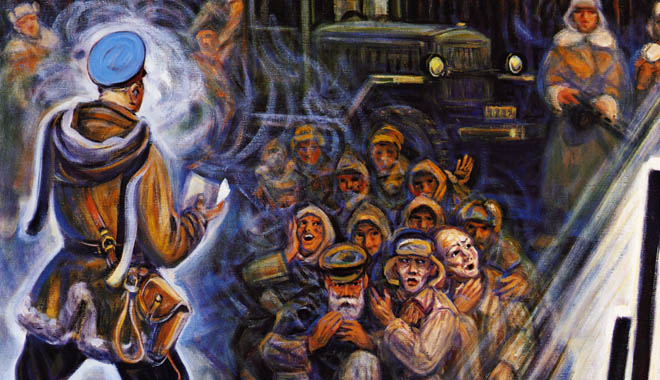
The purges in Magadan followed those in Moscow. Berzin’s protégé and superior, Genrikh Yagoda, was purged and executed. Berzin followed suite. The new leader was Nikolai Jeziov who purged all and sundry: in the party, in industry and in the army. Colonel Garanin adopted the approach in Kolyma.
Colonel Garanin was a sadist through and through. One of the tales they tell is that after the Spanish Civil War ended in 1938, a squadron of pilots was sent to Kolyma as a punishment for losing to the fascists. The defeat was obviously due to sabotage by the army and air force and not to Stalin’s weakness as a military strategist. For reasons unexplained, the pilots were still together when they arrived in Kolyma. When Colonel Garanin learnt of their presence in the vicinity, he strode out and shot them all with his pistol.
An earlier prisoner was filmed talking about his experiences with Colonel Garanin. One morning, we were called to assembly earlier than normal. Some of us were picked out and put on a truck. The truck drove us out to a little camp. We were lined up and Colonel Garanin announced: “You are accused of collecting gold in order to highjack a plane and fly the gold to Trotsky in Mexico and overthrow the Soviets.” I stepped forward and shouted: “I have never given in to your torture and have never admitted to anything but this is so ridiculous, I gladly admit to it.”
They ignored what I had said and sent us out into one of the huts. We were called up one at a time and sent to be executed. I was also called but I noticed they had misspelled my name, and was able to convince them that it was not me. The guard offhandedly responded: “It doesn’t matter. It will soon be your turn anyway.”
The day went by and there were only a few of us left in the evening. Garanin entered the hut and said: “Today’s quota has been filled. You will be returned to your quarters.”
Tens of thousands were executed in Serpantinka, just a few kilometers from Khatynghahk which housed the Sevvostlag headquarters. I am informed by reliable sources, though supporting documentation has not been released from the archives, that local gold diggers tried to mine gold in the little valley. They quickly unearthed a deep layer of bones and refused to dig further despite the fact that Serpantinka is the last remaining untouched site in one of Kolma’s richest gold districts. But that might well be tale they tell because I could find is no trace of gold mining in the little valley (1996 and 2007).
I have not heard about any other death camps in the Gulag. By that I mean camps specifically built for the purpose of killing people.
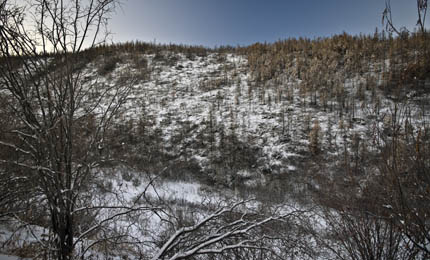
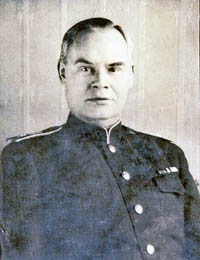
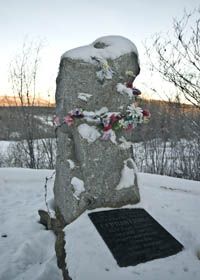
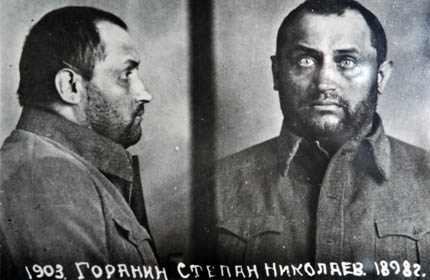
The purges were extensive. Rations were reduced and the political prisoners forbidden to perform special jobs of any kind. The arrival of new prisoners swelled and in two years the number of prisoners in Kolyma doubled. But gold production only increased slightly. The system was on the verge of collapse.
Some have asked whether it was logical to transport prisoners to the other end of the earth just to execute them. A good question. The answer is that they did not do so before or after the Great Purge. No in Kolyma, anyway. Thousands died in the region before and after Colonel Garanin but most put in a few years hard work for the regime before they went to their graves.
The picture was the same in the rest of the Soviet Union under Jezjov from 1937 to 1939. No one felt safe. Production and the army were close to collapse. Stalin entered the scene and but all the blame on the excesses of Jezjov who was purged and executed. But the purge had had its goal. No one could be in any doubt that whatever it might cost the community, Stalin was always ready to execute anyone and as many as necessary to maintain full control over the community.
The Kolyma purge in 1939
The same happened in Kolyma. Pavlov’s anonymus look saved him and he was sent to another post in the Gulag. He died much later of natural causes and was buried as an honoured Soviet citizen.
Garanin did not get off so lightly. He was arrested and accused of obtaining false testimony by means of torture. He pleaded was guilty and, as you can see from his mugshot, he was allowed to taste his own medicine. It is all completely crazy, almost farcical, if it were not for the thousands of innocent people who had set the scene. Garanin was sent to the camps at Ozerlag in Central Siberia where he died a few years later. Another insane detail about Garanin is that he was posthumously rehabilitated in 1959 as a casualty of political crimes.
Next: The Second World War